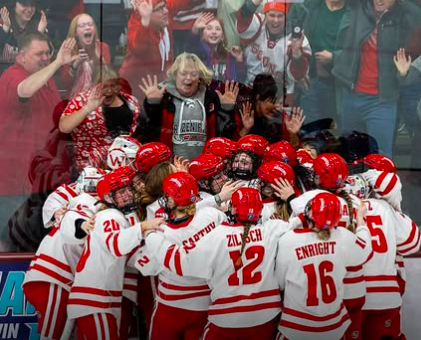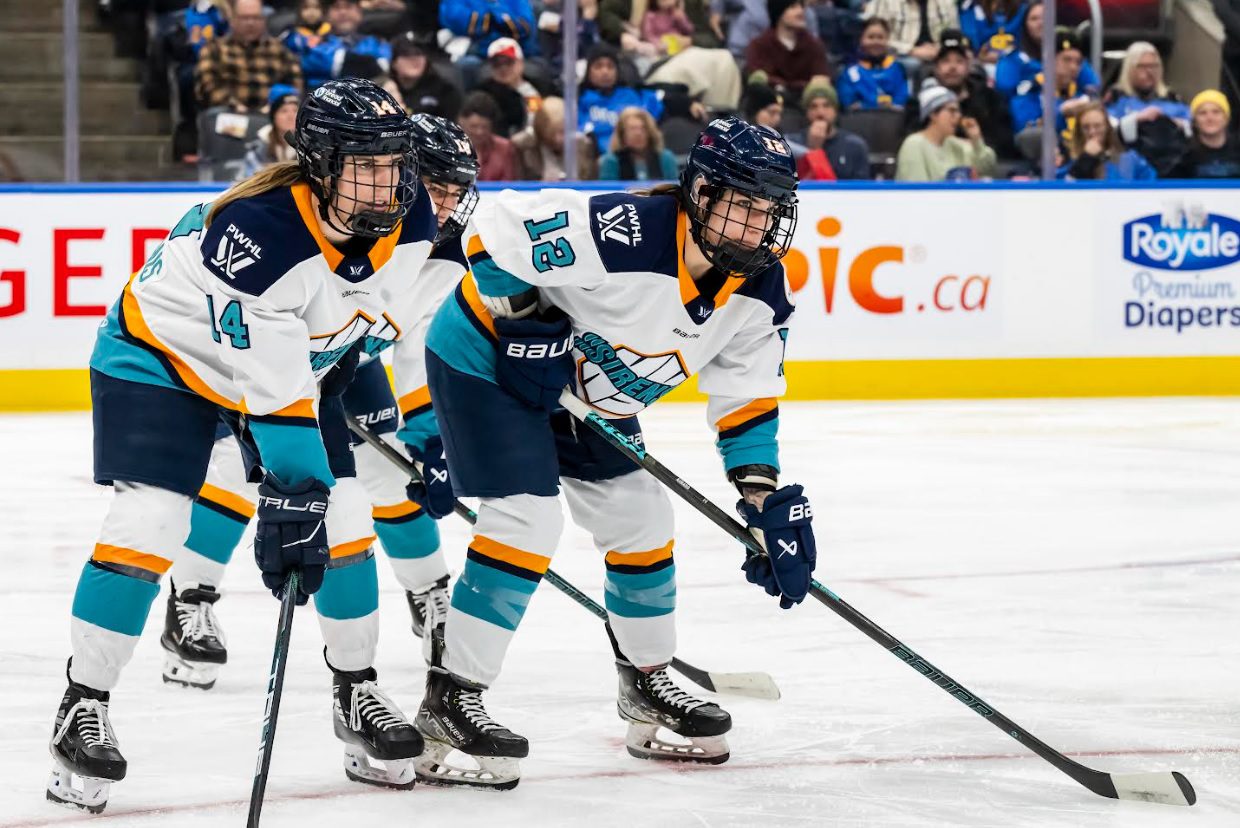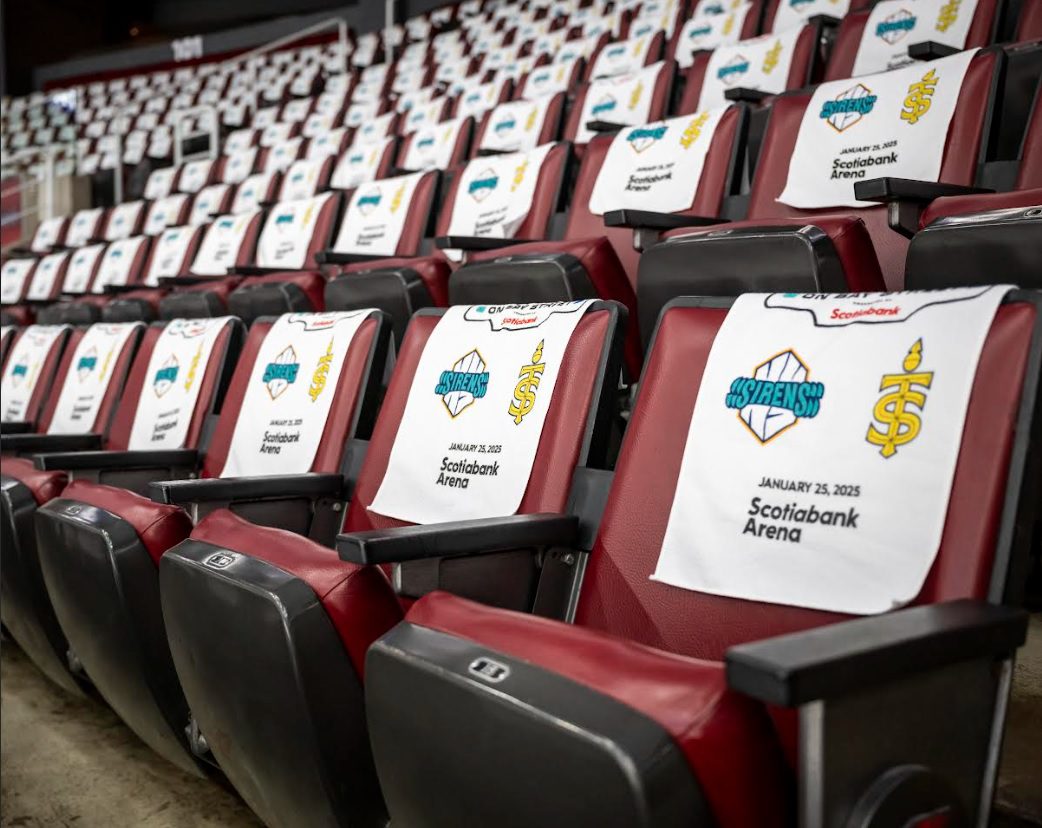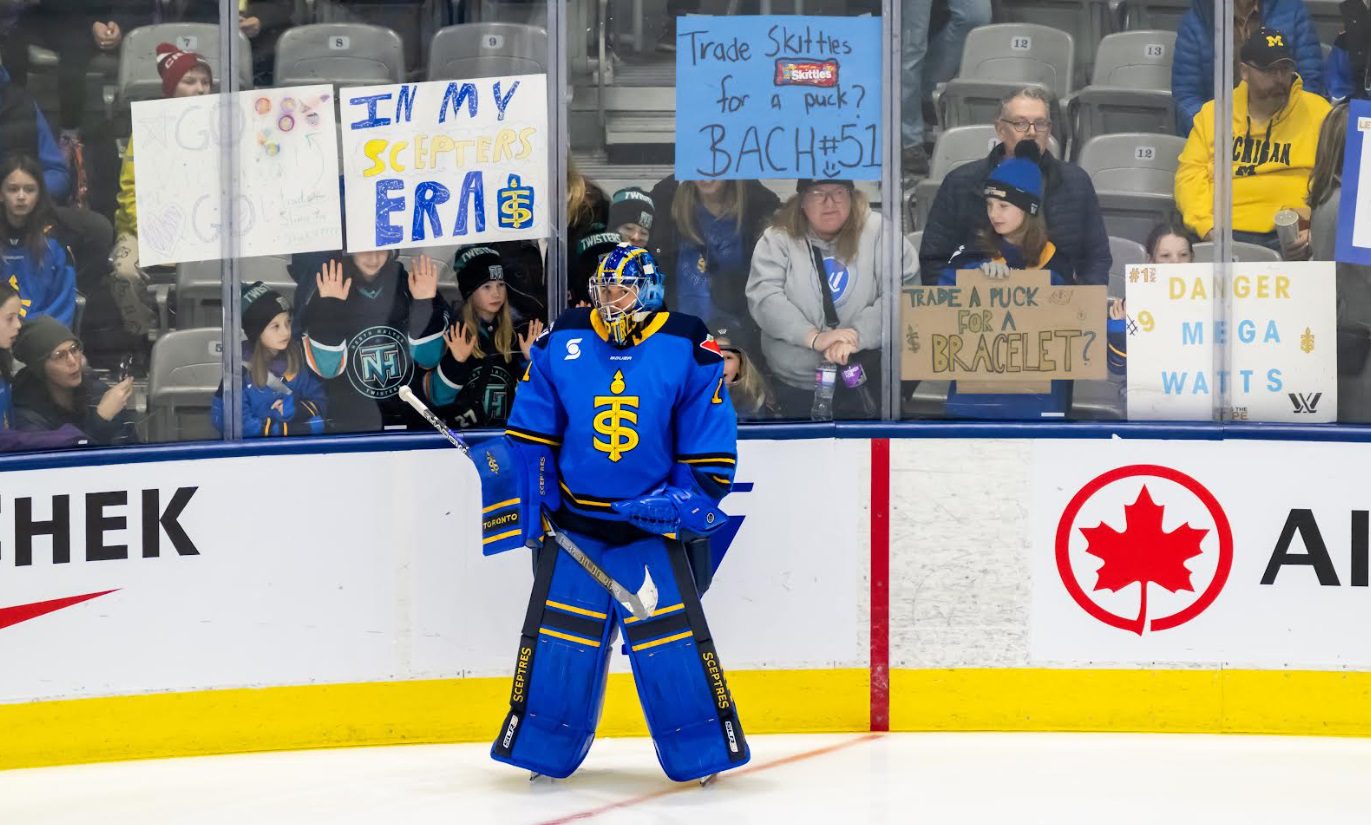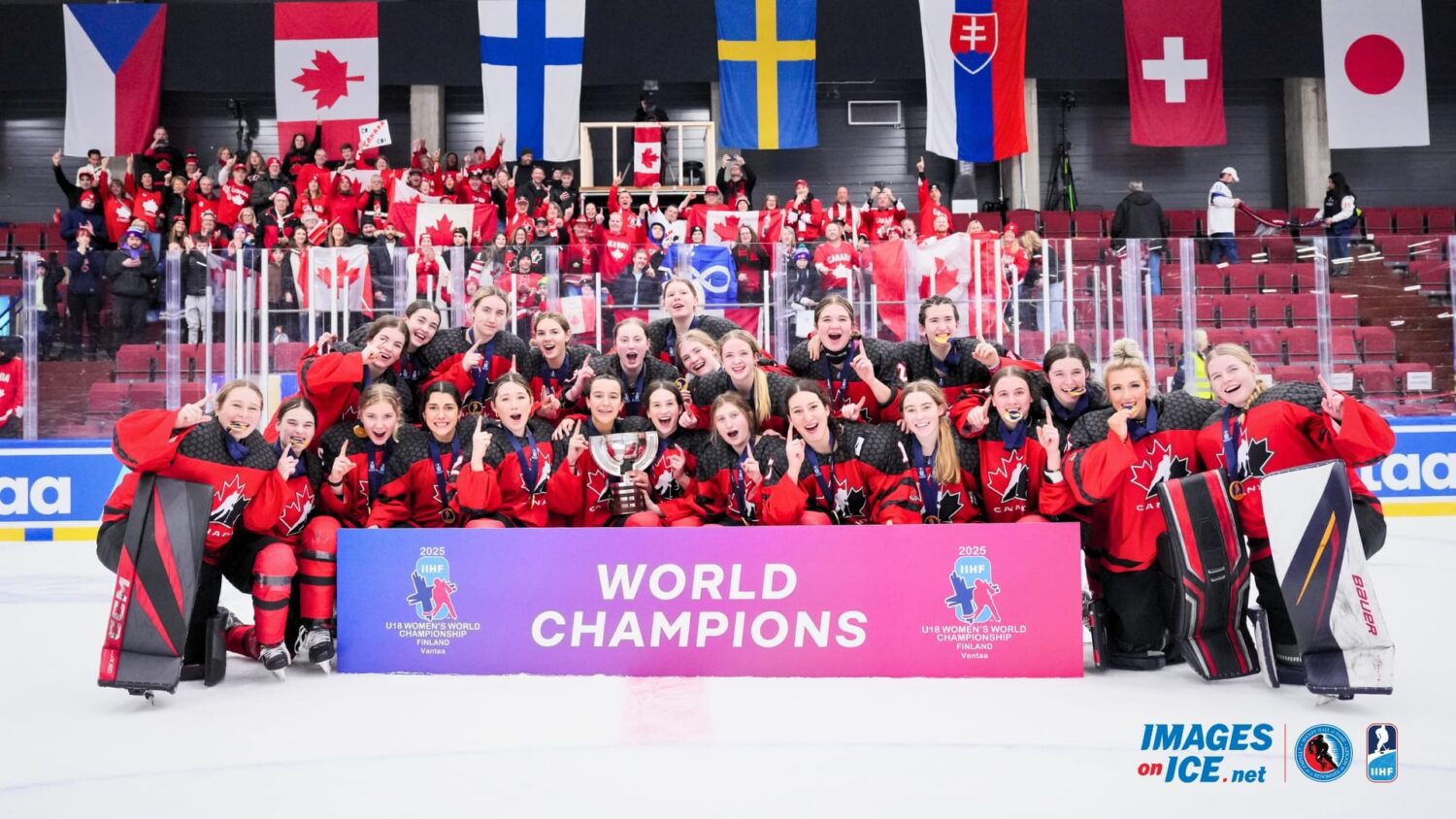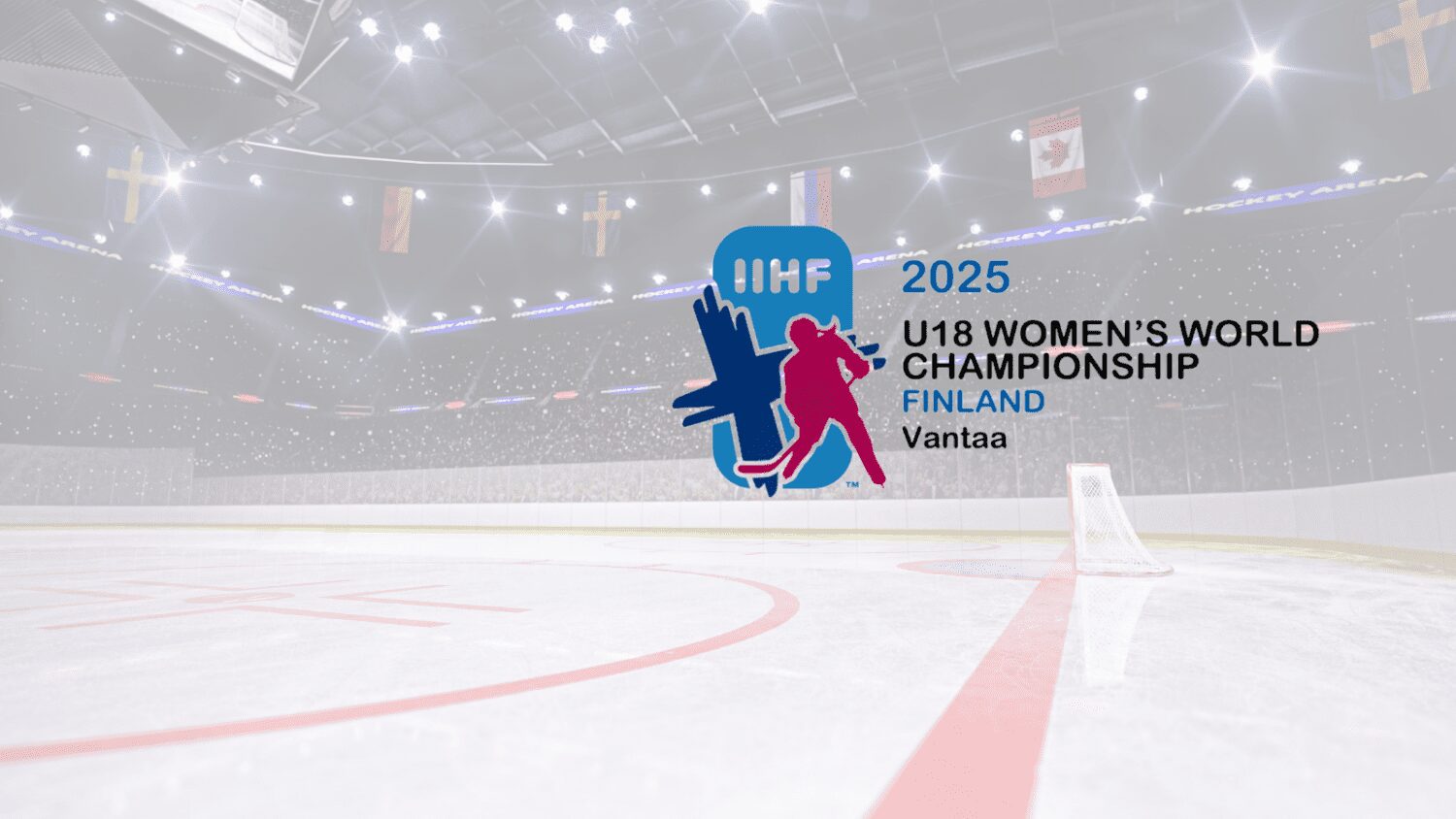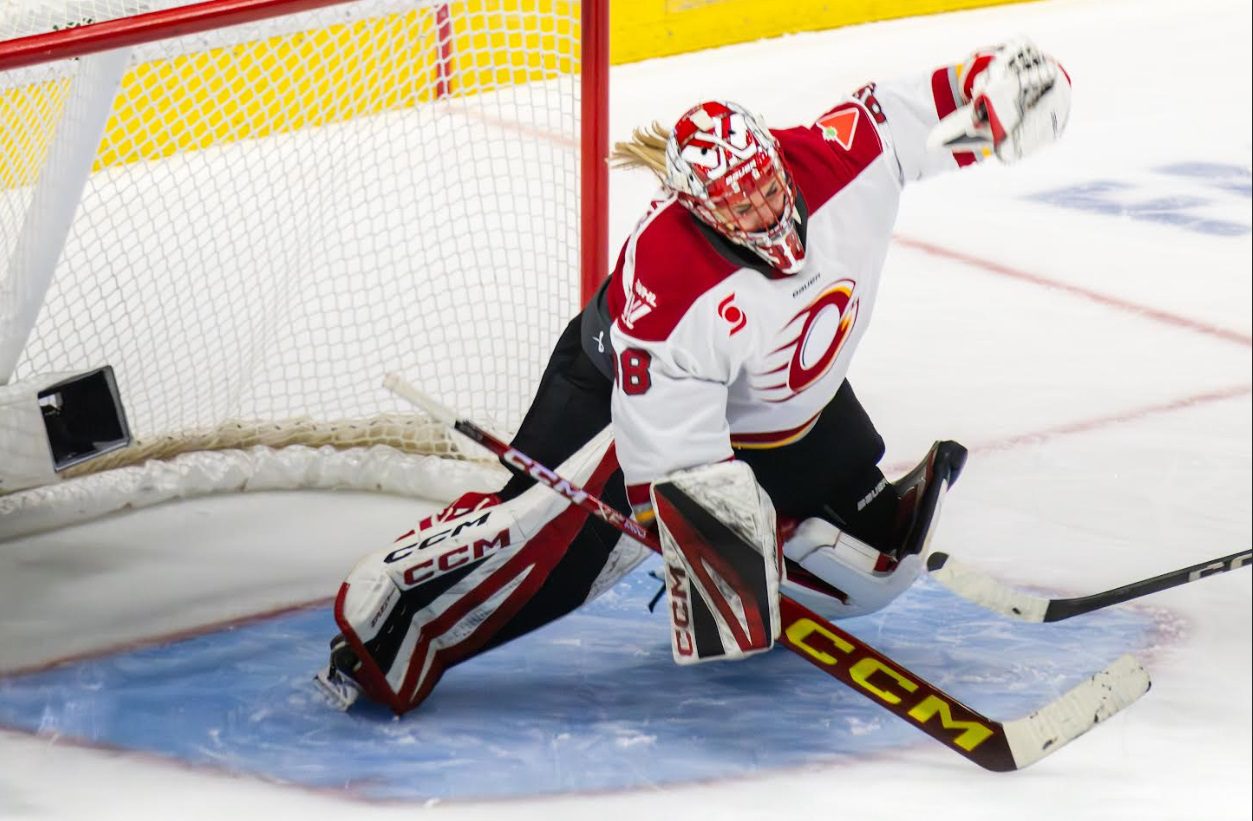
Singapore’s female ice hockey players know that they are fighting an uphill battle. However, that knowledge seems to be fuelling their passion for the sport they love.
“I’ve never felt more hope in my entire life than this previous year,” said forward Kiarra Chin.
At first glance, there doesn’t seem to be much reason for her hope. The country has just 51 registered female hockey players, and female goaltenders are few and far between; there are only two in the country with Singaporean citizenship.
Singapore has two rinks, but only one is used for ice hockey, and the female program competes with a number of other user groups for ice time, usually resulting in them practicing late into the night.

Last season, the country allowed 36 goals against and scored just five goals through three games in the top division of the 2018 IIHF Women’s Challenge Cup of Asia (CCOA).
Singapore’s players long to perform well on the international stage, but know that they are facing tough competition as well as a number of obstacles that hinder them from improving.
“We do know the people, the countries around us, and how ice hockey is actually developing very well in those countries,” said player and program director Valerie Cheng.
However, Singapore’s women’s team has an enthusiastic spirit which allows them to simply enjoy hockey for what it is despite the many challenges they face.
“I think overall the team is a very positive team,” said Cheng. “We encourage one another and off the ice we joke a lot and have a lot of fun together.”

The current era of female hockey in Singapore was kickstarted in 2012, when the JCube rink was opened after four years of there being no ice hockey rink in Singapore (Fuji Ice, the country’s former main hockey rink, was closed in 2008).
Many of the program’s current players, such as captain Emily Kwek and goaltender Caroline Ang, have inline hockey experience and picked up ice hockey in the years following the opening of the JCube rink.
Kwek, Ang and Cheng were all part of the team that took part in the country’s first ever IIHF women’s event, the 2014 CCOA. They finished third out of four teams.
“The first one was terrifying,” Ang said of the team’s international debut. “I think I was only a year into playing at that point, and I’d only ever played casual league games … If you look at the score, the shots on goal, we were terribly outshot.”

However, that first tournament gave Singapore a taste of what their program could achieve. The CCOA quickly became the marquee event for women’s hockey in Singapore.
“The whole experience kind of feels like this is the lifestyle, you can kind of experience it like a hockey player,” said Ang.
“You wake up in the morning, you go for your training, after you nap, you play at night, so it kind of takes you out from your daily life.”
While Singapore did not take part in the 2015 CCOA, by the time they returned the following year, the field of teams had grown. They finished third out of five teams in 2016 and third out of seven teams in 2017.
For the 2018 CCOA, Singapore was placed in the top of two divisions along with New Zealand, Thailand and Taipei, and finished last. However, the attitude of Singapore’s players after losing 14-3, 10-1 and 12-1 is an example of their tenacious and forward-looking character.
“When it ended, I just kept thinking that I can’t wait for more,” said Tiffany Yeoh, who made her debut with the women’s team at the 2018 event.

Singapore will be competing in the top division again at the 2019 CCOA, and the players are looking forward to seeing how they have improved. The team is specifically hoping to increase their number of shots on goal and have closer games against the other teams.
Over the last year, ice times have been progressively improving, and Cheng has collaborated closely with the JCube rink to run learn to play hockey sessions. There is even talk about trying to see if Singapore could have a second rink that could be used for hockey.
“I’m just trying to look at it like baby steps,” said Chin of the progression of ice hockey in Singapore. “I feel like baby steps are big steps for a team like Singapore.”
Regardless of whether or not Singapore can compete with the top teams, the country has a group of players who are passionate about playing the sport and sharing it with others, which is arguably more important than winning a gold medal.
Photos courtesy of Valerie Cheng
[adrotate group=”1″]
Related Articles
Categories
Recent Posts
[adrotate group=”2″]

